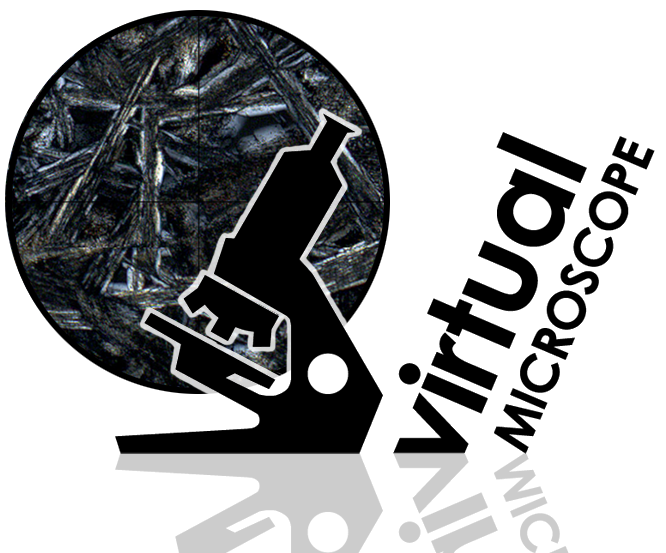
Fact sheet
67696 is a glass-cemented aggregate that was collected in a rake sample from the lunar regolith. It includes numerous white feldspathic particles. These particles are correctly labelled as “glass bombs”. They have smooth exterior surfaces and are often devitrified in the interior. Plagioclase microlites, in various configurations, are prominent (rotation 2). Numerous plagioclase-rich inclusions are also present.
The sample weighed 7.8 grams before analysis and has not been dated.
Further details of this and other Apollo samples are here: http://curator.jsc.nasa.gov/lunar/
The Apollo 16 landing site was in the hilly region around Descartes crater in the lunar highlands. The landing spot was chosen to allow the astronauts to gather geologically older lunar material (Descartes Formation and the Cayley Formation) than the samples obtained in the first four landings, which were in or near lunar maria.
The mission lasted 11.1 days, with a stay on the lunar surface of 71 hours. The crew were on the lunar surface for 20.2 hours during which they traversed approximately 27 kilometers and collected approximately 96 kilograms of samples.
Apollo 16 was launched on 16 April 1972.






